Topic: Use Isolines To Determine A Source Of Pollution
Use Isolines To Determine A Source Of Pollution
The weather map below shows a storm centered north of Iceland. Points A, B, C, and D indicate locations on Earth’s surface. Isobars are labeled in millibars.
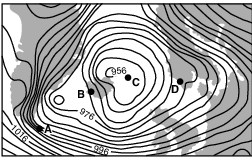
Which location was probably experiencing the highest wind speed?
(1) A
(2) B
(3) C
(4) D
The diagram below represents a model of the planet Saturn drawn to a scale of 1 centimeter = 40,000 kilometers.
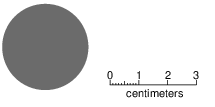
Which diagram best represents Earth drawn to this same scale?
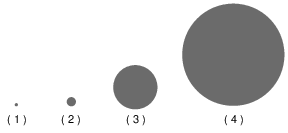
(1) 1
(2) 2
(3) 3
(4) 4

What is a possible elevation of point A?
(1) 575 meters
(2) 600 meters
(3) 655 meters
(4) 710 meters
The topographic map below shows the largest island of the Hawaiian Islands.
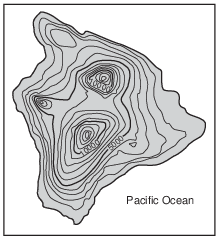
Which map below best shows the most likely stream drainage pattern of this island?
(1) 
(2) 
(3) 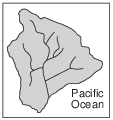
(4) 
On the topographic map in the image provided, complete the 480-meter, 500-meter, and 520-meter contour lines on the southern portion of the map. [1]
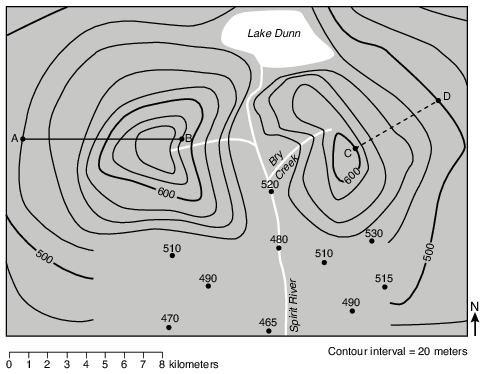
Allow 1 credit if all three contour lines are correctly drawn and connected to the partially drawn contour lines on either side of Spirit River.
• Note: If additional contour lines are drawn, all must be correct to receive credit.
• Do not allow credit if student-drawn contour lines do not pass through or touch the 480 m or 520 m dots.
• Example of a 1-credit response:
• 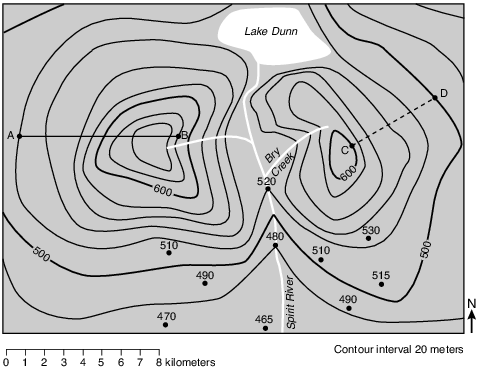
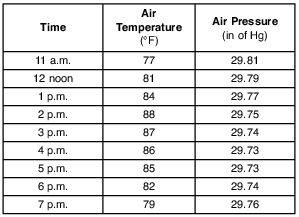
On the grid in the image provided, construct a line graph by plotting the data for the air temperature for each time from 11 a.m. to 7 p.m. Connect the plots with a line. The data for air pressure have been plotted. [1]
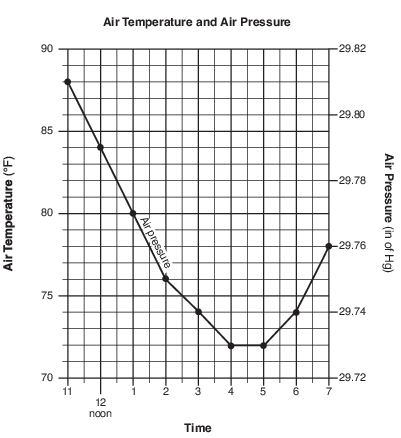
Allow 1 credit if the centers of all nine plots are within the circles shown and are correctly connected with a line that passes within each circle.
• Note: It is recommended that an overlay of the same scale as the student answer booklet be used
• to ensure reliability in rating.
• 



According to the tables, in which marine environment was the Tully rock unit deposited? [1]
Allow 1 credit for clear, shallow water.
A Lake-Effect Snowstorm
A snowstorm affected western New York State on October 12 and 13, 2006. A blend of weather conditions caused more than 24 inches of heavy, wet, lake-effect snow, bringing much of western New York to a standstill. The New York State Thruway was closed to traffic between exits 46 and 59, which are circled on the map. The isolines on the map show the amount of snowfall, measured in inches, resulting from this storm. Points A and B represent locations on Earth’s surface.
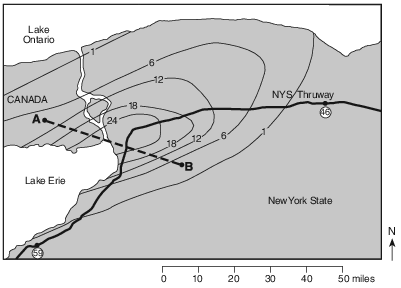
Determine the number of inches of snow that was received in Niagara Falls, New York, from this snowstorm. [1]
in
Allow 1 credit for any value greater than 1 in, but less than 6 in.
On the diagram in the image provided, circle the position of the Moon where a solar eclipse is possible. [1]

Allow 1 credit for circling only position 6.
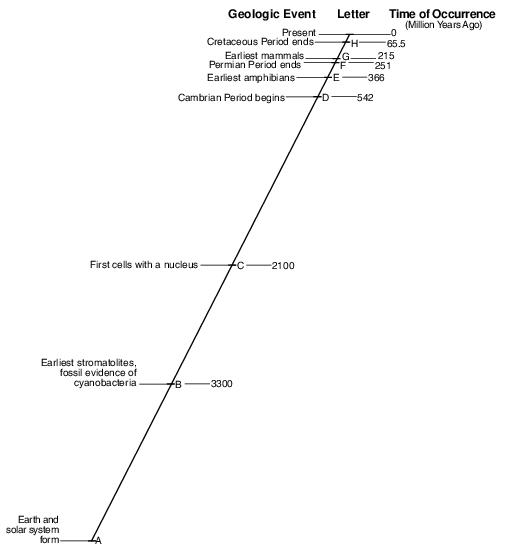
Describe the major change in Earth’s atmosphere that was occurring at the time when the first cells with a nucleus appeared on Earth. [1]
Allow 1 credit. Acceptable responses include, but are not limited to:
• — Oceanic oxygen began to enter the atmosphere.
• — Excess oxygen in the oceans escaped into the atmosphere.
• — A buildup of oxygen began.
• — Photosynthetic bacteria released oxygen.

State the altitude of Polaris as seen by an observer on Slide Mountain. [1]
°
Allow 1 credit for 42°.
• Note: Do not allow credit if a compass direction is given (e.g., 42 N or 42° N) because that
• indicates latitude, not altitude.
Kepler-11 is one of many star systems discovered by space satellites. Scientists find this system unusual because of its small size and its six planets, identified by letters b through g, that orbit relatively close to its central star. The central star, Kepler-11, has a surface temperature of 5663 K and a luminosity of 1.0.

The diagram in the image provided represents the scaled distances of Mercury, Venus, and Earth from the Sun. Place an X on the line to indicate where Kepler-11c would be located if it were in our solar system. [1]

Allow 1 credit if the center of the X is within or touches the edge of the box below.. Note: Allow credit if a symbol other than an X is used.
• It is recommended that an overlay of the same scale as the student answer booklet be used to ensure reliability in rating.
• 
•
• (Distances drawn to scale in million kilometers)
On the map in the image provided, draw the 60-meter and 70-meter contour lines. The contour lines should extend to the edges of the map. [1]

Allow 1 credit for correctly drawing both the 60-m and 70-m contour lines extended to the edges of the map.
• Note: If additional contour lines are drawn, all must be drawn correctly to receive credit.
• Example of a 1-credit response:
• 
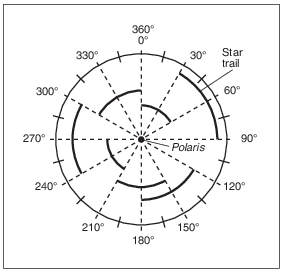
Determine the number of hours it took to record the star trails labeled on the diagram. [1]
h
Allow 1 credit for a response that indicates 4 h.
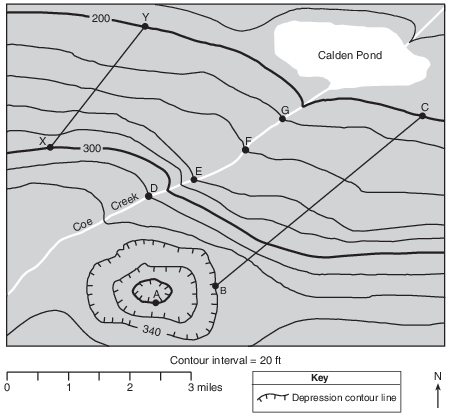
What is the elevation of location A? [1]
ft
Allow 1 credit for 300 ft.
